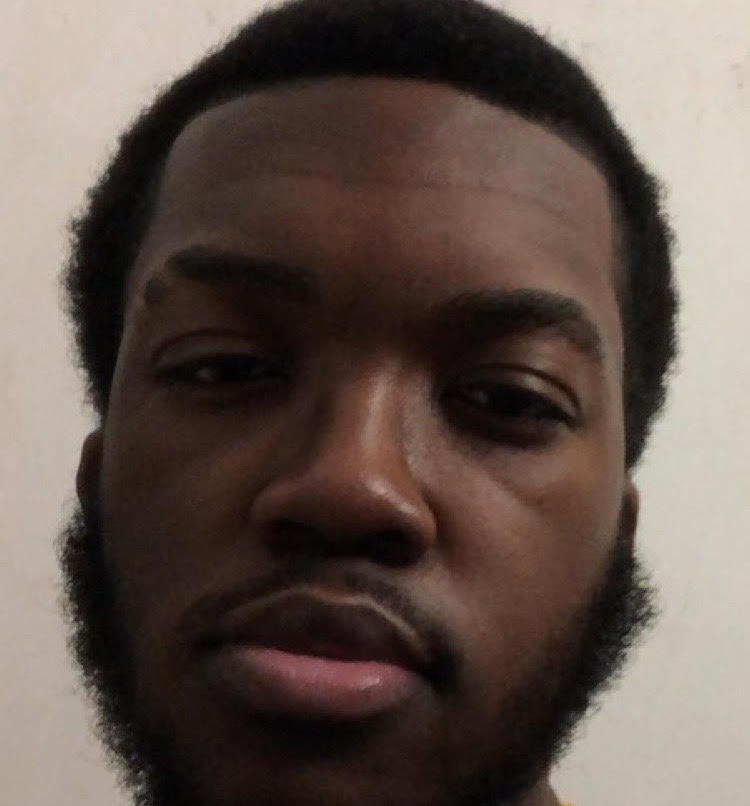Don’t eviscerate me yet. The question is not as wild as it seems. You think of integration and you assume it’s generally positive: the coming together of everything under one general umbrella in society. That is what history has illusioned us to think anyway. Integration–in society, in the military, and schools in particular–is supposed to be GOOD. But, if you think about it, has integration always really been good for society, and has it succeeded in achieving its goals? This is not as bold a take as it sounds, and I’m not the first to ask these questions. School integration and busing in the past have always been controversial, and were often portrayed as negative and were considered useless. To be honest, did the people 50-60 years ago understand busing and integration? What after all does integration mean? What do we want integration to do? What are the cultural obstacles to integration, and what might we want instead?
While integration seems like a commonplace idea today, for the most part, integration has a fairly short history in the United States. While racial integration (desegregation) in the United States dates back to the mid-1800s, there hasn’t been much evidence of integration at education institutions. For example, Lowell High School in Massachusetts became the first school to accept students of all ethnic backgrounds (“Caroline Van Vronker”). Besides Lowell, integration was not a policy of the majority of educational or other institutions. Everything was black or white, literally. Pretty damning for a country that is supposed to be based on equal rights and freedom but does not practice what is written in the Declaration of Independence and Constitution. Throughout the mid-1800s and early 1900s, you do not see any racial integration but of course, segregation. When we entered two world wars, the leaders at the time did not even consider the possibility of integrating the world’s strongest military at the time. They did not respect African Americans that commissioned or enlisted in the armed forces. The push for integration was such a bizarre concept to those in power, that it merely was a dream for black Americans across the country.
Technically, you could include the abolition of slavery as a form of integration. But in reality, it was the bare minimum. After the Civil War, legislation was passed with the intent of helping African Americans. Known as the Reconstruction Amendments (1865-1870), these laws granted African Americans citizenship and protection, and prohibited discrimination in voting. If history ever taught us anything, then we should know that these amendments didn’t have a major change on the status quo. A little something by the name of Jim Crow Laws negated the work that was behind the legislation. Under Jim Crow, Black people were required by law to sit on benches designated for “colored” people, use different drinking fountains and ride in different railroad cars than their white counterparts. These practices were deemed legal at the time thanks to an 1896 Supreme Court Ruling (Plessy v Ferguson) that legalized segregation as long as it was “Separate but Equal.” The institutionalized discrimination led to the creation of schools for only African Americans. These institutions took up a place in black communities, but never really took off. These schools were ill-equipped and lacked adequate funding to compete with white schools. The segregated status quo was upheld and institutionalized racism continued even though de jure laws existed at the federal level to “prevent this.”
Fast-forward to 1954, when the landmark case Brown v Board of Education is decided. The Supreme Court ruled that segregation in public school was unconstitutional, overruling Plessy v Ferguson. This was always a win for the ongoing civil rights movement and Black Americans at the time, but schools remained largely unintegrated due to housing inequalities. This would fall under the umbrella of de facto segregation, and to combat this problem in society, the supreme court legalized busing. Busing was the practice of assigning and transporting students to schools within or outside their local school districts to diversify the racial make-up of schools. This was one of the many steps the country took during the civil rights movement to address the status quo and the systemic inequalities that affected people of color. On paper, these are all good policies, but unfortunately, we do not live in a perfect society. Despite these federal rulings, state and local districts utilized their state rights to circumvent these rulings to make it worse for people of color.
James Baldwin writes The Fire Next Time in the context of the “success” of Brown v. Board of Education and the “victories” of the civil rights movement. It is important to understand, although laws were passed to “integrate” black people into white society, segregation remained: de jure racism was outlawed, but the de facto element remained. Baldwin harshly criticizes the self-congratulation among white Americans after Brown v. Board, who were patting themselves on the back for something that should have been done centuries ago. It is insane that a society like this was taken seriously as the country of freedom and liberty, while certain minority groups just received their rights on PAPER in the mid-1900s. Faith in government from Black people during the height of the Civil Rights movement was low. The victories they received were small and did not do much to improve their overall life.
But for Baldwin, it wasn’t just a matter of too little, too late. The idea of integration itself was flawed and still had racist elements. Shouldn’t integration promote diversity, and let everyone of all backgrounds be themselves rather than “fit in” to a majority culture? What if you don’t want to be integrated or, as James Baldwin asks, “Do I really want to be integrated into a burning house?” (Baldwin 94). To Baldwin, integration was nonsense, as America was simply applying a bandage on a huge wound. In a way, Baldwin opposes the idea of cultural integration. Baldwin fears that the real goal of integration in America was to ‘whitewash’ black people. Now, why is that? It wasn’t helping Black America to express its identity but instead, conforming it to the white American gaze. The melting pot in America would not instantly welcome African Americans, they spent centuries denying our recognition as actual humans. Many of the politicians did not even look at black people in the same fold as white Americans. I wonder why? In my view, it seems like the United States of America has skipped the key component in fulfilling integration: admitting to the mistakes of its past towards people of ALL colors.
Ta-Nehisi Coates is similarly critical of integration but in a slightly different way. Although he doesn’t explicitly discuss integration, his discussion of education makes clear that, like Baldwin, Coates is writing in the shadow of the failures of integration that Baldwin had already critiqued fifty years earlier. In a society where the school was supposed to be the golden gateway to social advancement, that was contrary to parents in Baltimore where Coates went to school. To black men in Baltimore like Coates, the school was only used “as a means of escape from death and penal warehousing” (Coates 26). Coates truly did not have a connection with the school as he felt that the principles that were being taught to him were not believable and the skills he was learning were irrelevant: when learning French, for instance, Coates felt that “France was a rock rotating in another galaxy around another sun in another sky that I would never cross” (Coates 26). Coates believed he was not made for the school system, but also not made for the streets. It wasn’t until arriving at Howard University, which he calls his “Mecca,” that he felt any kind of freedom in an educational setting. Coates attributes much of his success as a writer to attending Howard, an HBCU, in which “segregation” became a strength rather than a flaw. Coates going to an HBCU allows him to express himself freely. In a way at Howard, he reached temporary freedom from the flawed idea of integration.
It is great that Coates was able to find an academic institution where he would be comfortable, but isn’t there a problem with this? In theory, if integration was truly successful, Coates wouldn’t have had to go to a “safe space” to be successful and have that freedom. Traditional ideas and structures still remain, so in actuality, the same problems will exist for people like Coates and other African Americans. All this talk of inclusivity, but African Americans do not even feel appreciated or comfortable in “regular” universities in America. An HBCU is a safe space for African Americans across the world, which is good for today’s times, but if integration was truly successful why is there not a push to put in place new structural dynamics to allow for inclusivity on all levels in academic institutions?
This all begs the question, what would true integration mean? Real integration should still be the goal, but what would it take to get there? Well, as I said previously, the country would have to directly admit and confront their sins of the past and realize the effect this past had on the formation and development of the country. At the same time, it would have to dismantle the old traditional values and implement new values that can function with white and black counterparts. The values I would suggest for neo-integration would be emphasizing Critical Race Theory, and injecting low-income communities filled with POC with schools, libraries, and community centers. These institutions won’t be built just as empty symbols of progress; they would have year-round funding with trained professionals from the local community. Also, there should be state and local funding appropriated for inspiring and educating future black men or women to become community organizers or teachers. To grow a garden, you have to plant the seed; this is how we should go about it into the foreseeable future.
Works Cited
Baldwin, James. The Fire Next Time. Vintage, 1993.
“Caroline Van Vronker: Untold Lowell Stories: Black History,” University of Massachusetts Lowell Library. https://libguides.uml.edu/c.php?g=1125577&p=8210381
Coates, Ta-Nehisi. Between the World and Me. Random House, 2015.

